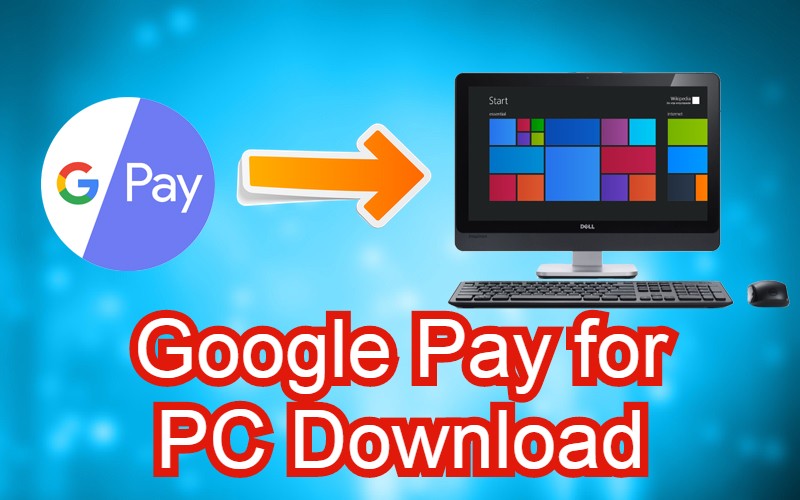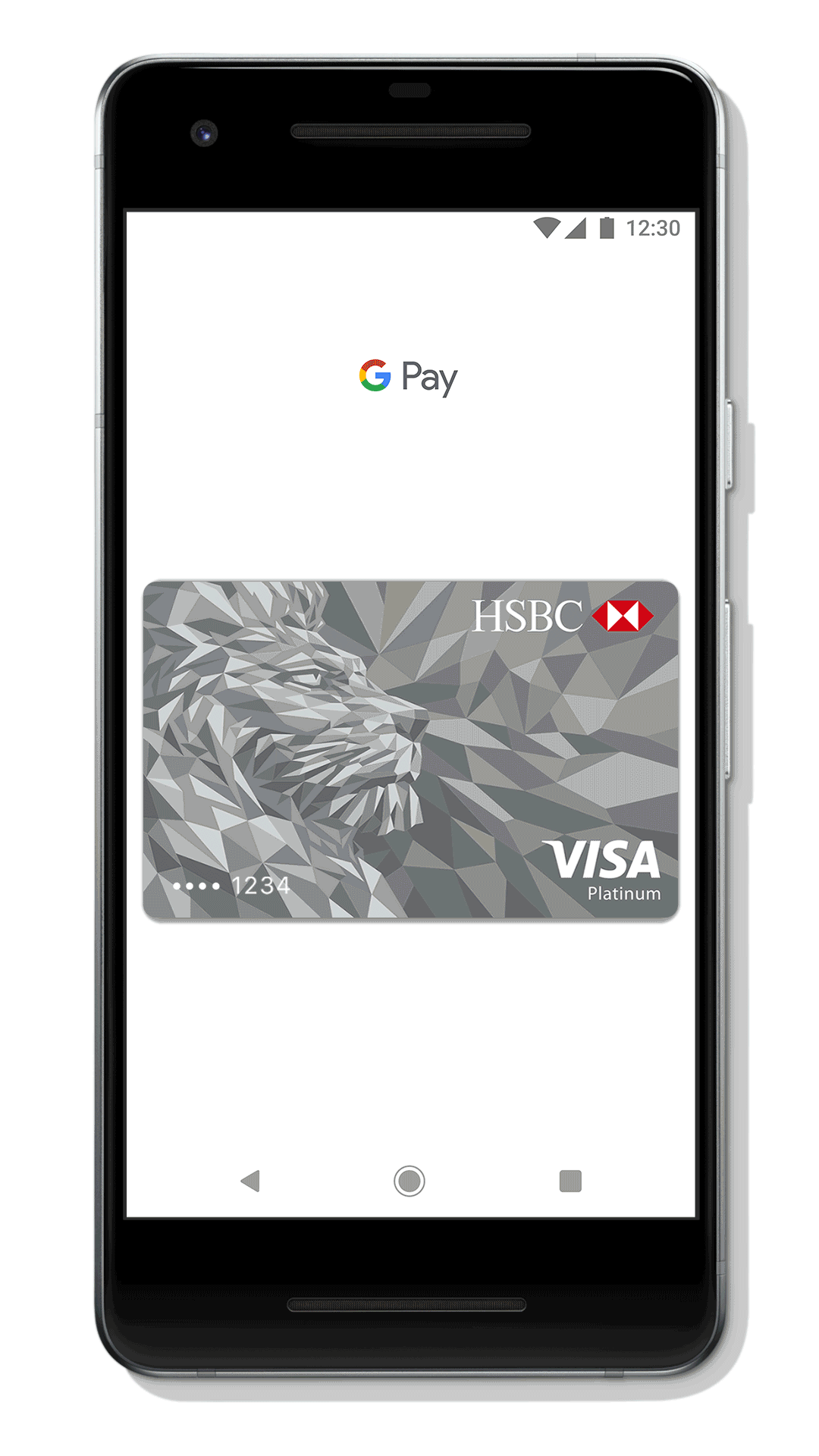

With Apple Pay, your card number is tokenized after you register it with the app. While both Apple Pay and Google Pay offer secure card storage measures - for example, you only need to provide your full card details when you’re initially setting up both apps - they each store card information differently. Smartwatch users just have to open the Google Pay app and hold it near the merchant terminal. (While the Google Pay app doesn’t need to be open to complete the transaction via the NFC reader, the NFC payment function within a user’s phone does need to be turned on.) To authorize purchases with Google Pay, a customer simply needs to unlock their phone and hold it near the NFC reader. Google Pay works on most NFC-enabled devices (both smartphones and watches) and is also available for download in the iOS App Store.

(There are some exceptions based on specific series and models, however.)ĭepending on which device your customers are using, they can authenticate purchases with Apple Pay in several ways - by looking at the screen for Face ID verification, entering a passcode, placing their finger on the Touch ID sensor, using the NFC reader, or double-clicking the side button of their Apple Watch. Apple Pay vs Google Pay: Accessibilityįor the most part, Apple Pay is available for all iPhone and iPad models that have Face ID or Touch ID, and Apple Watch users can access it too. Integrate your forms with Apple Pay and Google Pay to collect payments. Apple Pay and Google Pay make online purchases convenient, too, thanks to pre-populated fields and PIN or Touch ID verification. With these apps, your customers can quickly and efficiently check out with just a single tap on a screen - instead of physically touching your payment terminal or revealing any card numbers. They both allow customers to upload debit, prepaid, credit, and rewards card information and use near-field communication (NFC) to make contactless payments by tapping a device to a reader.

Though they’re direct competitors, Apple Pay and Google Pay are similar apps that enable peer-to-peer, in-person, and online payments. To help narrow down your list, let’s compare two of the most widely used mobile wallets - Apple Pay vs Google Pay - and what makes each especially convenient for customers.

Ideally, you’d like one that’s cost-effective, simple, safe, versatile, and, of course, popular, so the majority of your customers can take advantage of it. They’re also a more secure method than pulling out cash or a credit card to complete a transaction.īut since there are so many mobile payment apps to choose from, it’s hard to know which is best for your business. For business owners and customers alike, these apps are easy, quick, and convenient to use. With mobile payment apps, it’s easier than ever for customers to pay for products and services.


 0 kommentar(er)
0 kommentar(er)
